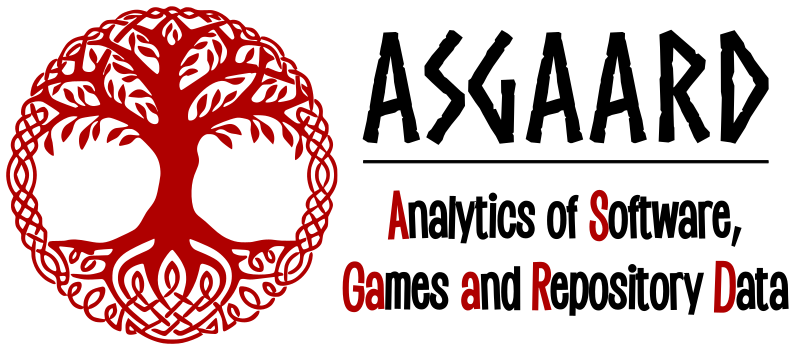Arthur’s paper “An Empirical Study of Q&A Websites for Game Developers” was accepted for publication in the Empirical Software Engineering journal! Super congrats Arthur!
Abstract:
The game development industry is growing, and training new developers in game development-specific abilities is essential to satisfying its need for skilled game developers. These developers require effective learning resources to acquire the information they need and improve their game development skills. Question and Answer (Q&A) websites stand out as some of the most used online learning resources in software development. Many studies have investigated how Q&A websites help software developers become more experienced. However, no studies have explored Q&A websites aimed at game development, and there is little information about how game developers use and interact with these websites. In this paper, we study four Q&A communities by analyzing game development data we collected from their websites and the 347 responses received on a survey we ran with game developers. We observe that the communities have declined over the past few years and identify factors that correlate to these changes. Using a Latent Dirichlet Allocation (LDA) model, we characterize the topics discussed in the communities. We also analyze how topics differ across communities and identify the most discussed topics. Furthermore, we find that survey respondents have a mostly negative view of the communities and tended to stop using the websites once they became more experienced. Finally, we provide recommendations on where game developers should post their questions, which can help mitigate the websites’ declines and improve their effectiveness.
See our Publications for the full paper.
